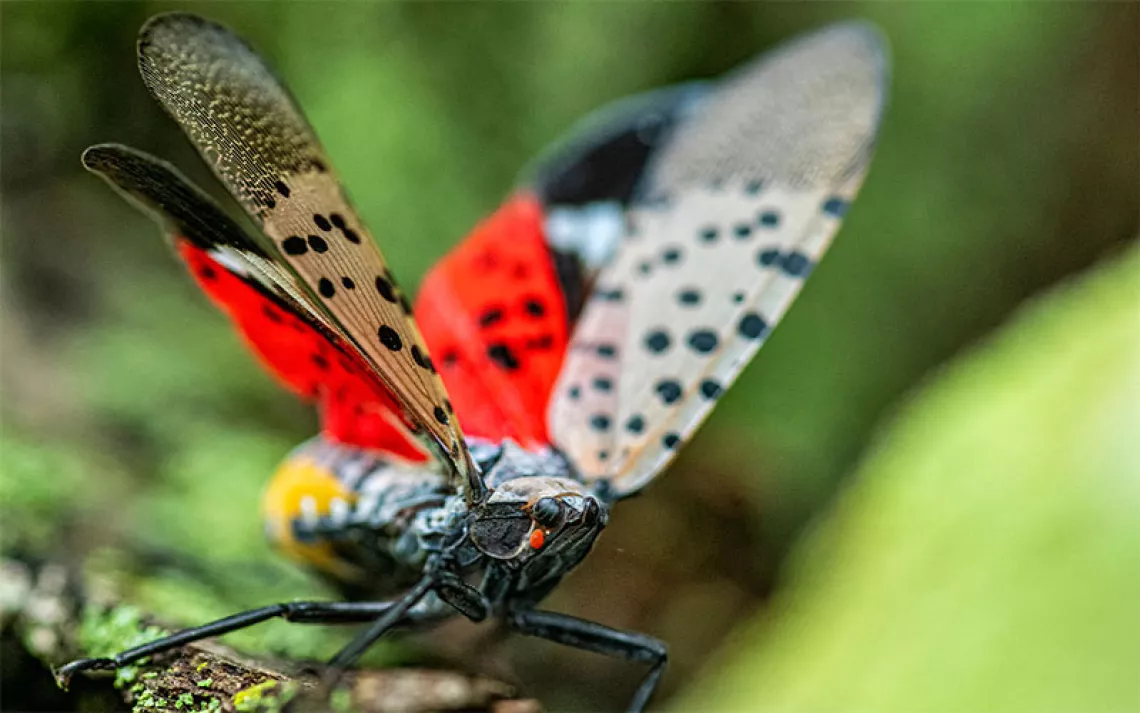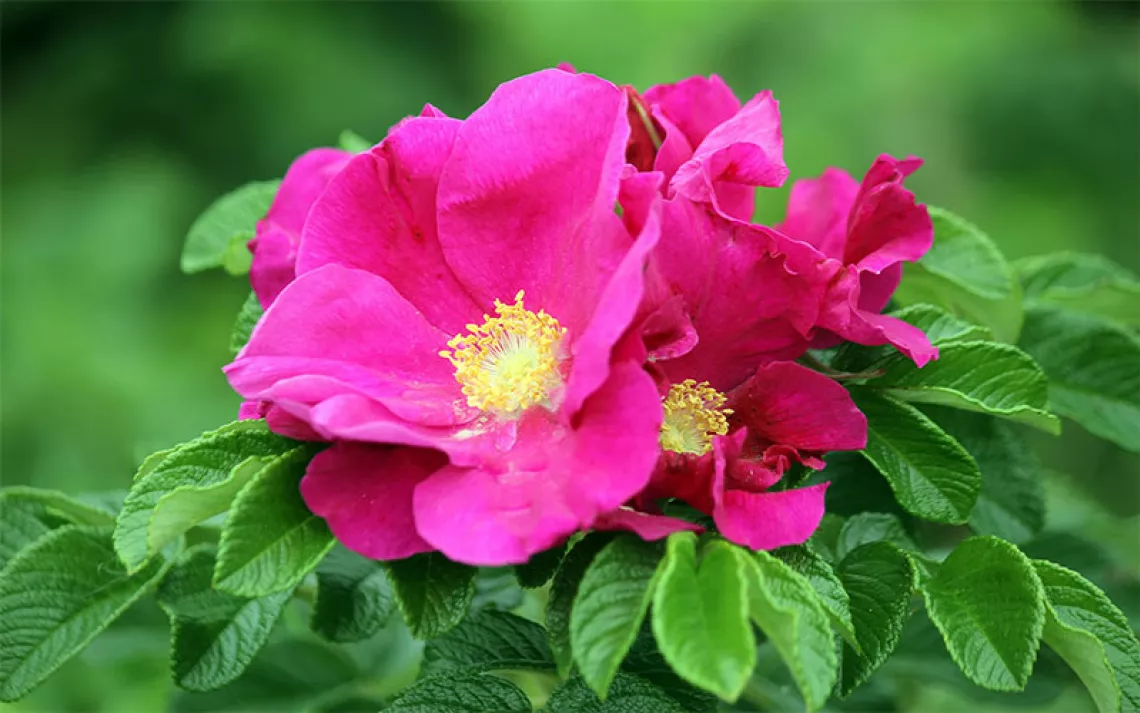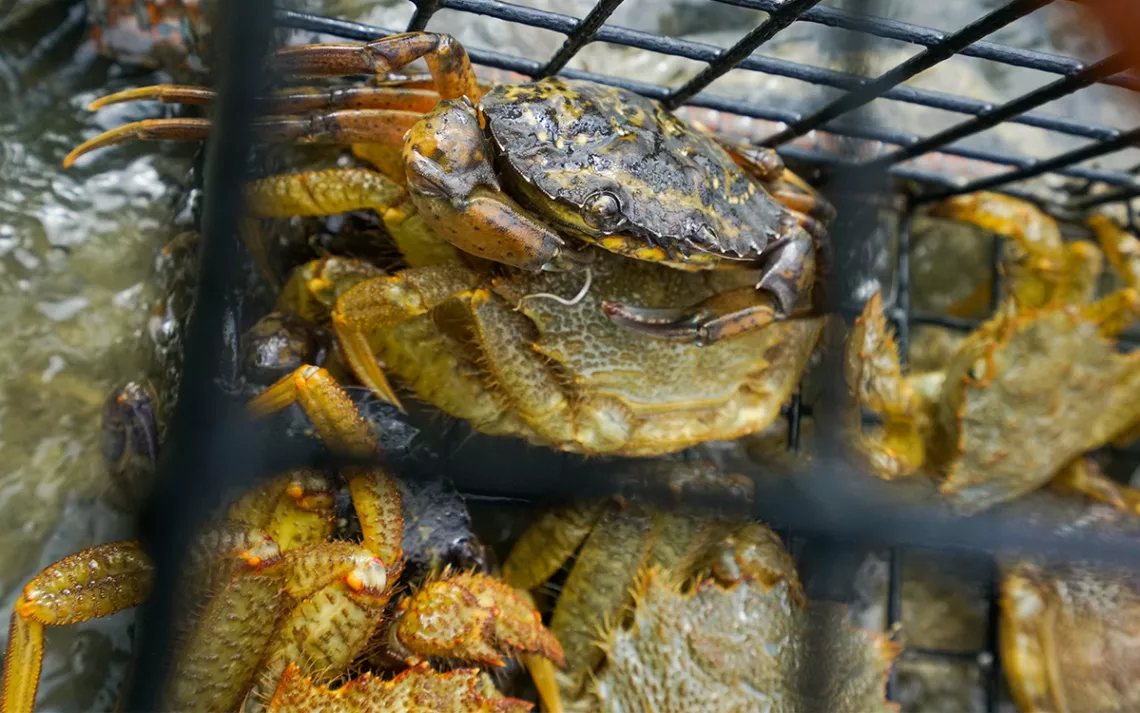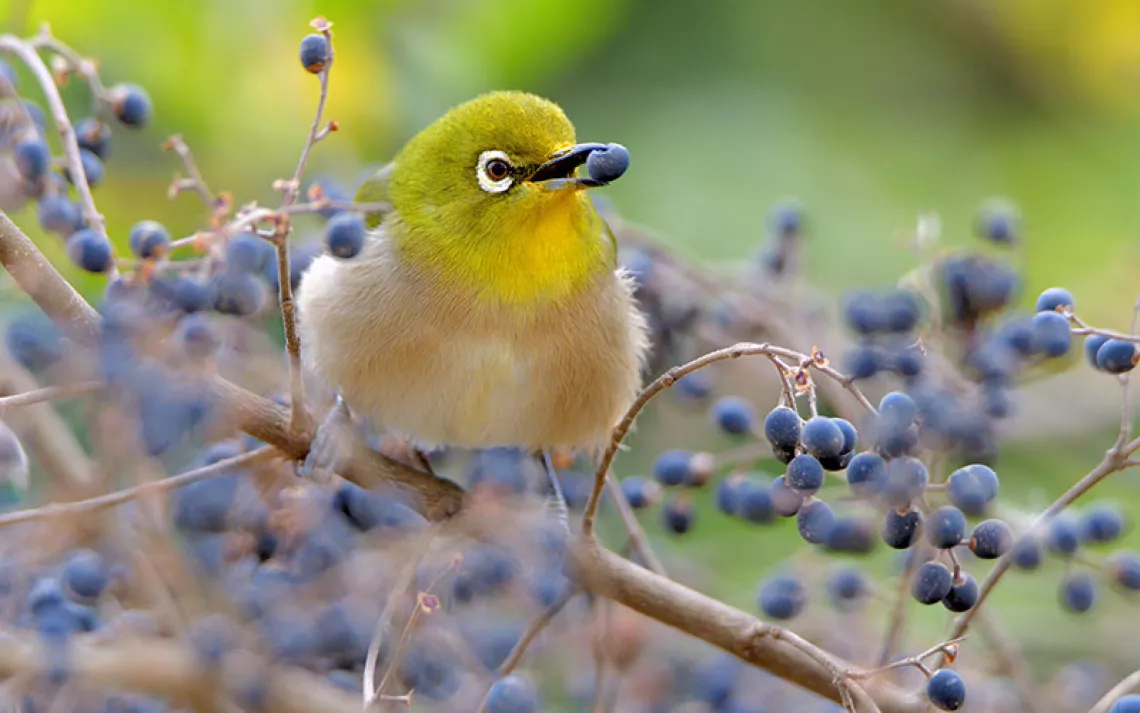Tribal Nations Need to Be Included in Effort to Combat Invasives
A study shows Native Americans are often neglected when it comes to consultation
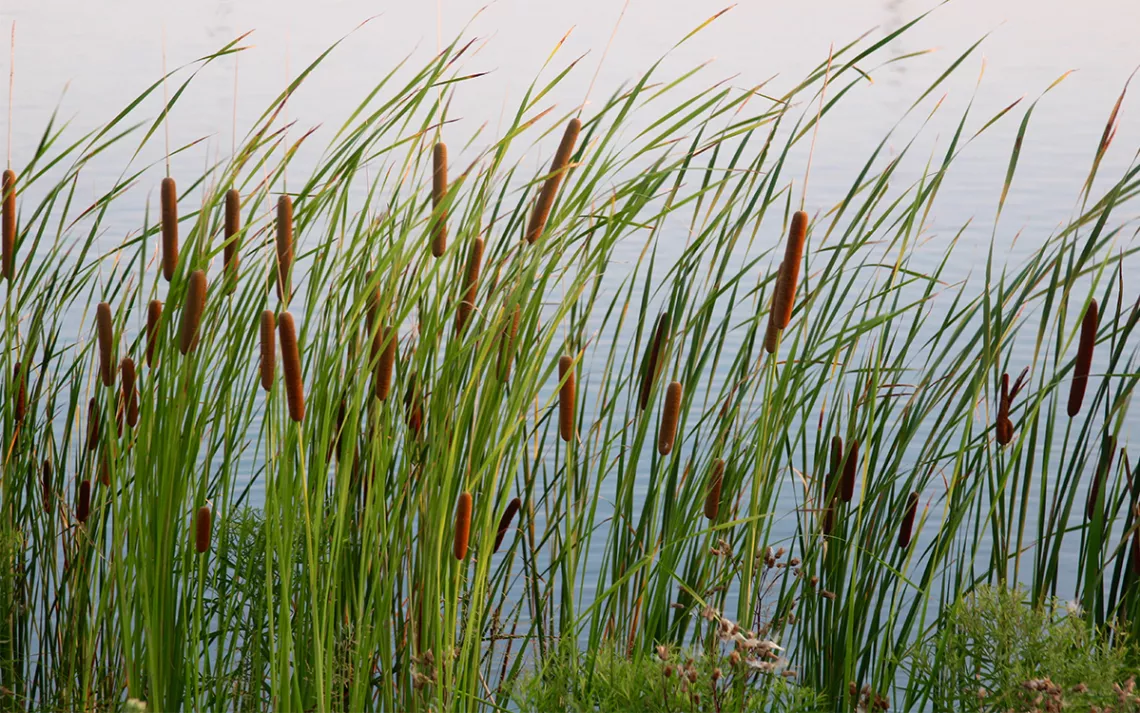
Photo by BullpenAl/iStock
There are at least 56.2 million acres of Native American lands spread across the United States, an area the size of Kansas. Like in the rest of the United States, the ecosystems on those lands are under threat from invasive species encroachment. While many Americans don’t care much whether buckthorn chokes their woods or kudzu swallows whole landscapes, many native people consider it a big deal; tribal members still rely on natural foods for ceremonies or to supplement their diets, and some collect special herbs or plants for medicine. Furthermore, many have a deeply rooted love and respect for their ancestral landscape and don’t want to see it degraded.
Despite this, Native Americans are often neglected when it comes to invasive species work, reports Nicholas Reo, assistant professor of Native American and environmental studies at Dartmouth College and a member of the Sault Ste. Marie Tribe of Chippewa Indians. Reo worked on the invasive species issue on tribal lands for a decade. “Tribes in different regions of the country working on the issue had the same experience,” he says. “In the invasive species literature, they never really mention indigenous people, and when they do, it’s very passive. It felt like there was not a lot of indigenous agency.”
That’s why Reo and his co-authors began work on a survey of the experiences of various tribal land managers, learning their attitudes about invasive species, their experience in combating the problem, and what unique indigenous solutions they may have come across. It turns out invasives are a big issue. In the 140 surveys completed, 76 percent of land managers said they were very concerned by an invasive plant or animal species. Sixty-two percent were concerned about a species’ impact on a local food system or traditional knowledge. And 53 percent said they were concerned that a species would impact their cultural identity.
For instance, Reo points out that the Quinault Indian Nation representative in Washington reported that an infestation of knotweed along the Quinault River threatened the quality of the habitat and the watershed, which in turn could impact the salmon that the nation considers the cornerstone of its culture.
Reo says the survey shows that indigenous people are engaged in the ecological fight against invasives. At the same time, however, they are often left out of decision-making. “Say there’s an outbreak of some invasive species in Michigan. The first responders will reach out to their big neighbors, which might be the state of Wisconsin or big timberland owners or an environmental NGO, and ask what they should do,” he says. “They don’t think of tribes in the same way. But they are governments with a history of strong government-to-government relationships in the U.S. and Canada. And yet they are left out of the process until a meeting where someone says, ‘Hey, shouldn’t the tribes be here?’ It literally happens all the time. Tribes are capable partners; they need to be thought of not as stakeholders but as governments that need to be consulted.”
At the same time, Reo says, tribes may also have ideas and new techniques to add to the situation. Because many tribal members gather wild foods like berries, the survey shows tribal resource workers often avoid using chemical or biological agents in controlling invasive species. They also tend to be more patient, waiting to see how problems shake out over a longer time span than other agencies give them. “The take-home is that indigenous nations are working on these issues and working on them in unique ways,” says Reo, “ways state agencies and other actors are not doing.”
Now, Reo is investigating other questions about how invasives are impacting indigenous cultures. “Something I wish I would have asked in the original survey is how people conceive of introduced plants and animals,” he says. “Indigenous people see plants and animals as part of their extended families, brother and sister plants and animals. If an invasive species thrives and hedges out other species, how does it fit into your world?”
He says he’s seen some people adapting invasive species into their world view, for instance using buckthorn and other invasive trees for heating. But the issue gets complicated very quickly. In Reo's home territory in Michigan’s Upper Peninsula, hybrid cattails, which create a thick monoculture in wetlands, are pushing out the native cattail, which promotes more open marshes as well as other species. “For native people, the cattail is an incredibly important plant. You can eat it 100 different ways. We think of it as a really giving plant,” he says. “Now we’re flipping it on its head and saying, ‘Here’s a new version that looks the same, but it’s a real problem.’ It leaves people scratching their head.”
Indigenous cultures are also leading the way in finding new solutions. Locals are now testing the hybrid plant to see if it can be eaten like the native cattail. They are testing to see if it can be pelletized to feed livestock. Reo says land managers noticed that in areas where animals had made channels and pockets in the dense cattails, more diverse wetland species popped up. “This idea came by paying attention to muskrats making paths,” he says. “A lot of inspiration comes from indigenous knowledge.”
 The Magazine of The Sierra Club
The Magazine of The Sierra Club
